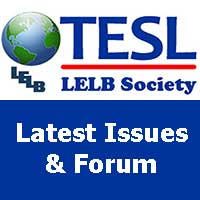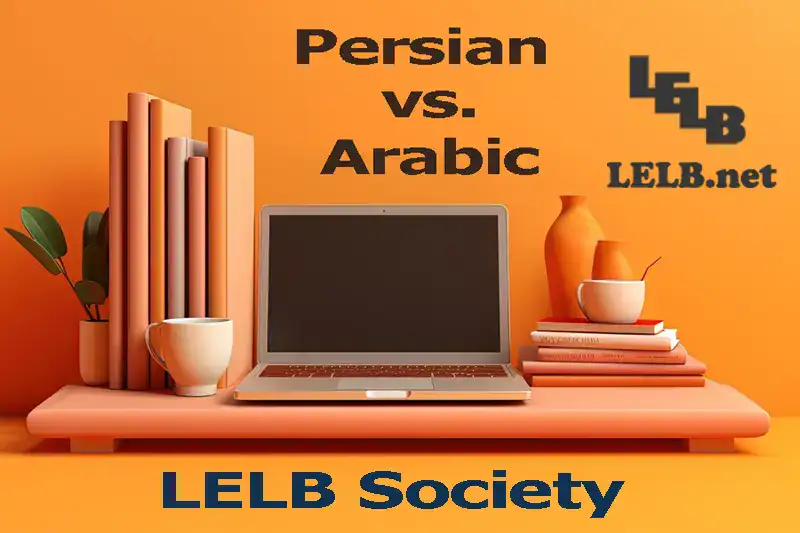L2 = L1 Hypothesis
L2 = L1 Hypothesis (also known as the ‘identity hypothesis’) has received considerable attention in SLA research as it raises a number of important theoretical issues (Clahsen, 1990). These concern whether the language acquisition device which mentalists claim is responsible for L1 acquisition is available to L2 learners.
- The similarities in learner language in L1 and L2 acquisition are perhaps most pronounced in the early stages of development. There is evidence of a silent period, of the use of formulas, and of structural and semantic simplification in both types of acquisition. However, there are also obvious differences. Whereas all L1 learners necessarily pass through a silent period, many L2 learners, especially adults, do no. many L2 learners appear to make greater use of formulaic sequences than L1 learners in the early stages of acquisition. Also, L2 learners are able to produce some longer and less propositionally reduced utterances from the beginning. L2 learner language displays many of the features of L1 learner language plus some additional ones. Felix (1978) points out some major differences between L1 and L2.
- The morpheme order acquisition is not the same in the two types of acquisition (Dulay & Burt, 1974). They found that the orders were different. Articles, copula, and auxiliary ‘be’ were acquired earlier by L2 learners, while irregular past tense was acquired later. The process by which individual morphemes are acquired displays both similarities and differences. For example, both L1 and L2 learners omit pronouns and they both overgeneralise individual pronouns.
- The similarities between L1 and L2 acquisition are strongest in syntactic structures. The evidence from studies of negation and interrogatives suggest that learners pass through a remarkably similar sequence of acquisition for these structures.
- Differences between the L1 and L2 acquisition of vocabulary can be expected given that L2 learners are equipped with a developed conceptual system to anchor the acquisition of word forms, whereas L1 learners are faced with the dual task of developing a conceptual system and acquiring lexical forms. Also L2 learners do not go through an extensive period of pre-verbal development.
- Similarities are also evident in the acquisition of phonology, despite the fact that L2 learners are known to transfer features from their L1. Abrahamson (2003) claims that sequence of development for the acquisition of closed syllable structure is essentially the same for L1 and L2 learners.
- Ervin-Tripp (1974) believes that first and second language learning is similar in natural situations. These similarities are most clearly evident in informal learning situations when learners are attempting to engage in unplanned language use.
- Adult L2 learners have access to a more developed memory capacity than L1 learners and when they can use it, differences between the languages they produce and that produced by L1 learners occur. Cook (1977) concludes that when the memory process depends on features of syntax, the same restrictions apply to the L1 and adult L2 learner, but where the memory process is minimally dependent on language, the adult L2 learner exploits his/her general memory capacity.
- Another obvious source of difference between L1 and L2 acquisition lies in the fact that L2 learners have access to a previously acquired language, in some cases to several.



